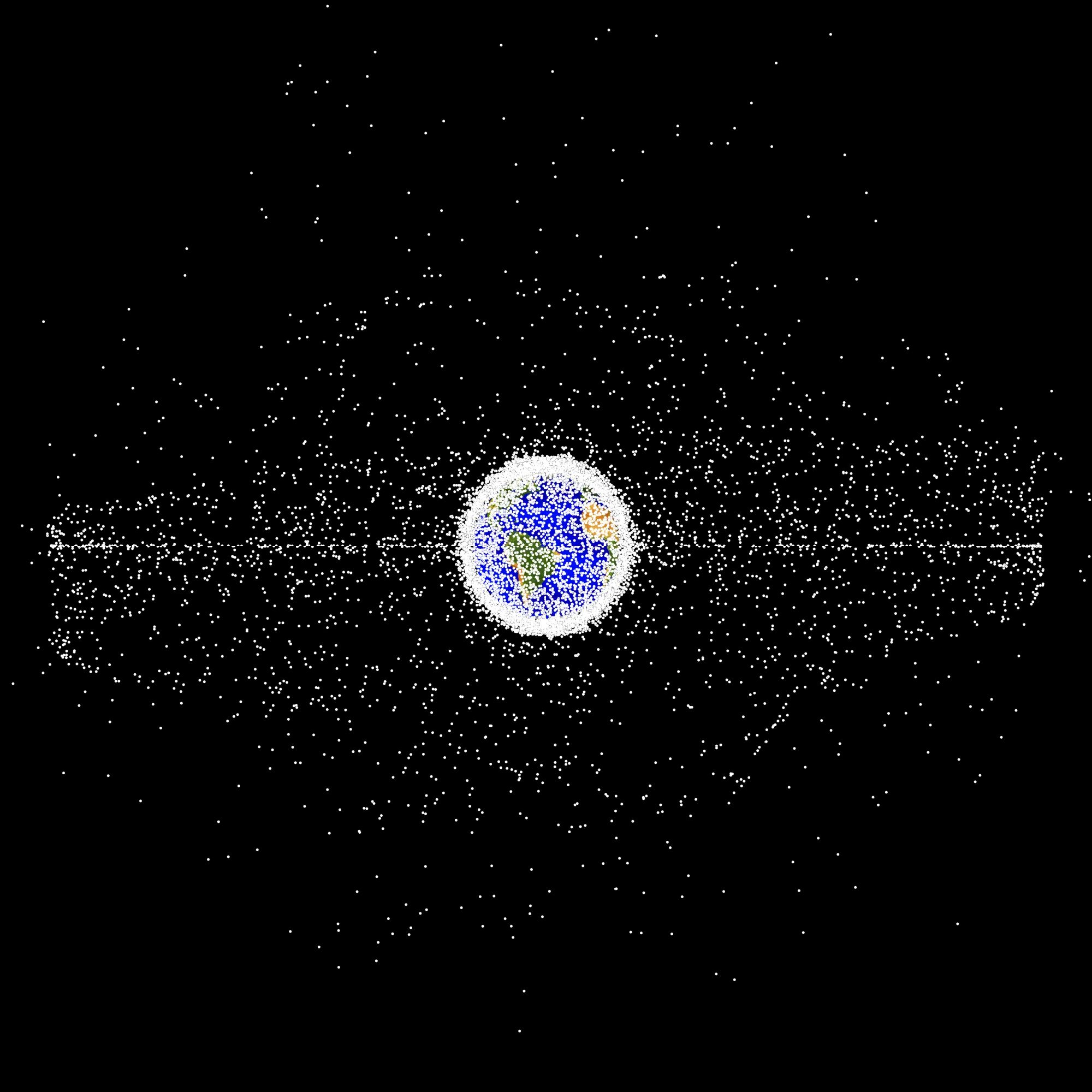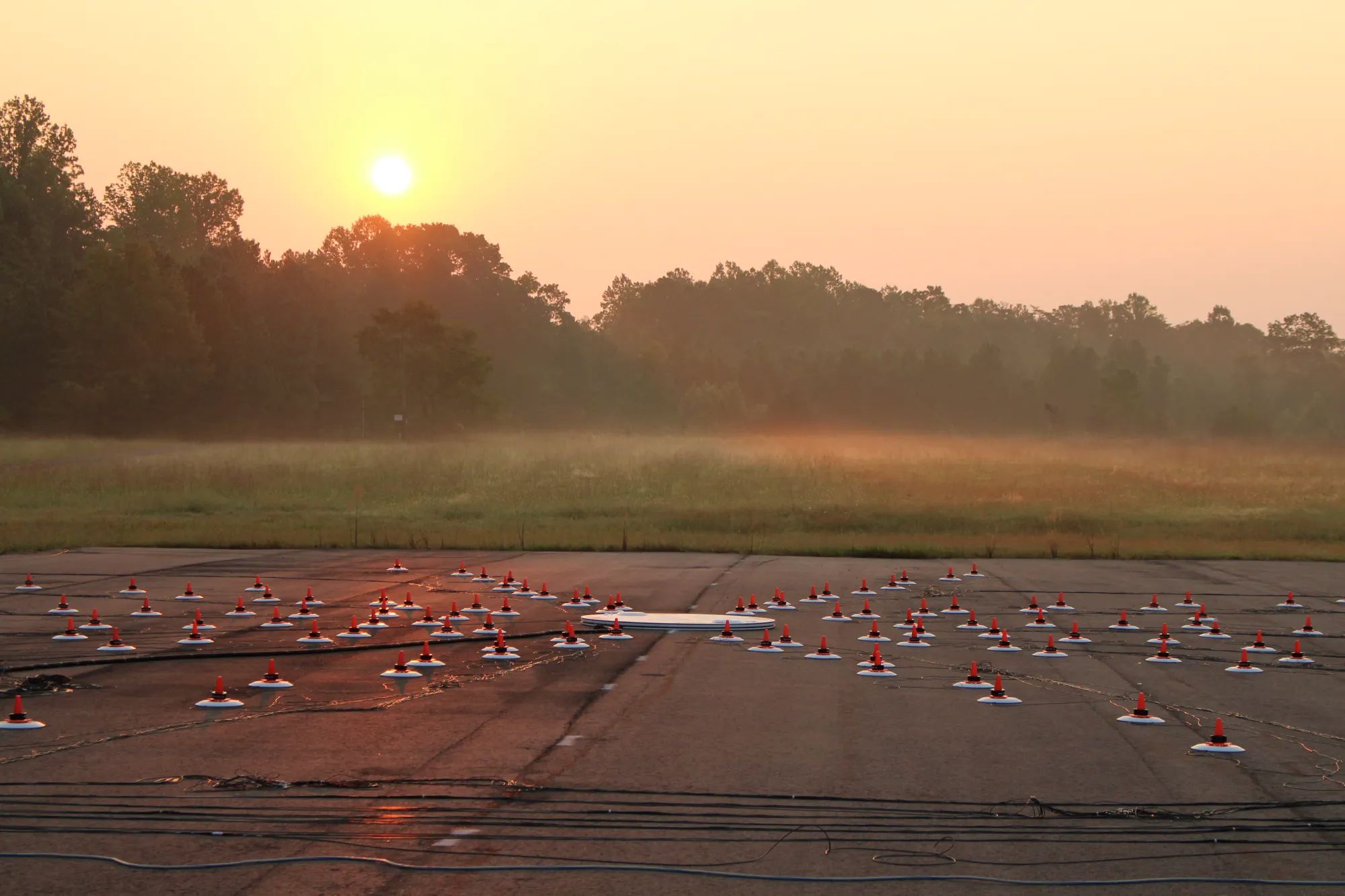NASA Study Provides New Look at Orbital Debris, Potential Solutions

New data analysis indicates that NASA and its partners could have more cost-effective methods for dealing with the growing issue of orbital debris than previously thought.
A new report from NASA’s Office of Technology, Policy, and Strategy provides agency leadership with new insight about how to measure the risks presented by orbital debris.
“Growing activity in Earth’s orbit has brought us everything from faster terrestrial communications to a better understanding of our changing climate,” said Charity Weeden who leads NASA’s OTPS. “These blossoming opportunities are resulting in a more crowded space environment. This study is part of NASA’s work to rapidly improve our understanding of that environment as outlined in NASA’s recently released Space Sustainability Strategy, by applying an economic lens to this critical issue.”
The report, Cost and Benefit Analysis of Mitigating, Tracking, and Remediating Orbital Debris, is Phase 2 of OTPS’ work to address the technical and economic uncertainties associated with orbital debris.
The OTPS Phase 1 report, released in 2023, provided initial information for policymakers looking for cost-benefit analyses of remediation measures for orbital debris including moving, removing, or reusing objects. The new report has improved the quality of the estimates of the risks posed to spacecraft by orbital debris. These new estimates cover everything from the largest debris in space down to millimeter-size fragments. The report also expands the OTPS teams’ focus to include actions that can mitigate the creation of new debris and track existing debris.
“This study allows us to start to answer the question: What are the most cost-effective actions we can take to address the growing problem of orbital debris?” said NASA analyst Jericho Locke, the lead author of the report. “By measuring everything in dollars, we can directly compare shielding spacecraft to tracking smaller debris or removing 50 large pieces of debris to removing 50,000 smaller ones.”
The new OTPS report differs from previous orbital debris studies in that it directly estimates the risk posed by space debris, instead of risk proxies like the number of pieces of debris in orbit. Additionally, it measures the risks in dollars – modeling the costs that operators would incur from maneuvering spacecraft to avoid debris, from dealing with close approaches, and from damage or loss due to debris impact. The study simulates how the orbital debris environment will evolve over 30 years.
In total, the study compares the cost-effectiveness of more than 10 different actions that can be taken to reduce the risk from orbital debris, such as shielding, tracking small debris, or remediating large debris. Eventually, the team hopes to assess the cost-effectiveness of combinations of different actions, known as portfolios.
The report’s analysis reexamines common wisdom actions the space community has historically considered cost-effective methods for supporting space sustainability. For example, the report estimates that some methods of debris remediation may be just as valuable as debris mitigation. It also estimates that quickly deorbiting defunct spacecraft is a cost-effective method of reducing risk. Such findings could provide new considerations for NASA leaders and the space community when approaching the issue of orbital debris.
OTPS plans to publicly release the research code used to produce the study. The research team plans to continue its work understanding orbital debris and the various approaches to it and will work to share its knowledge with stakeholders.





